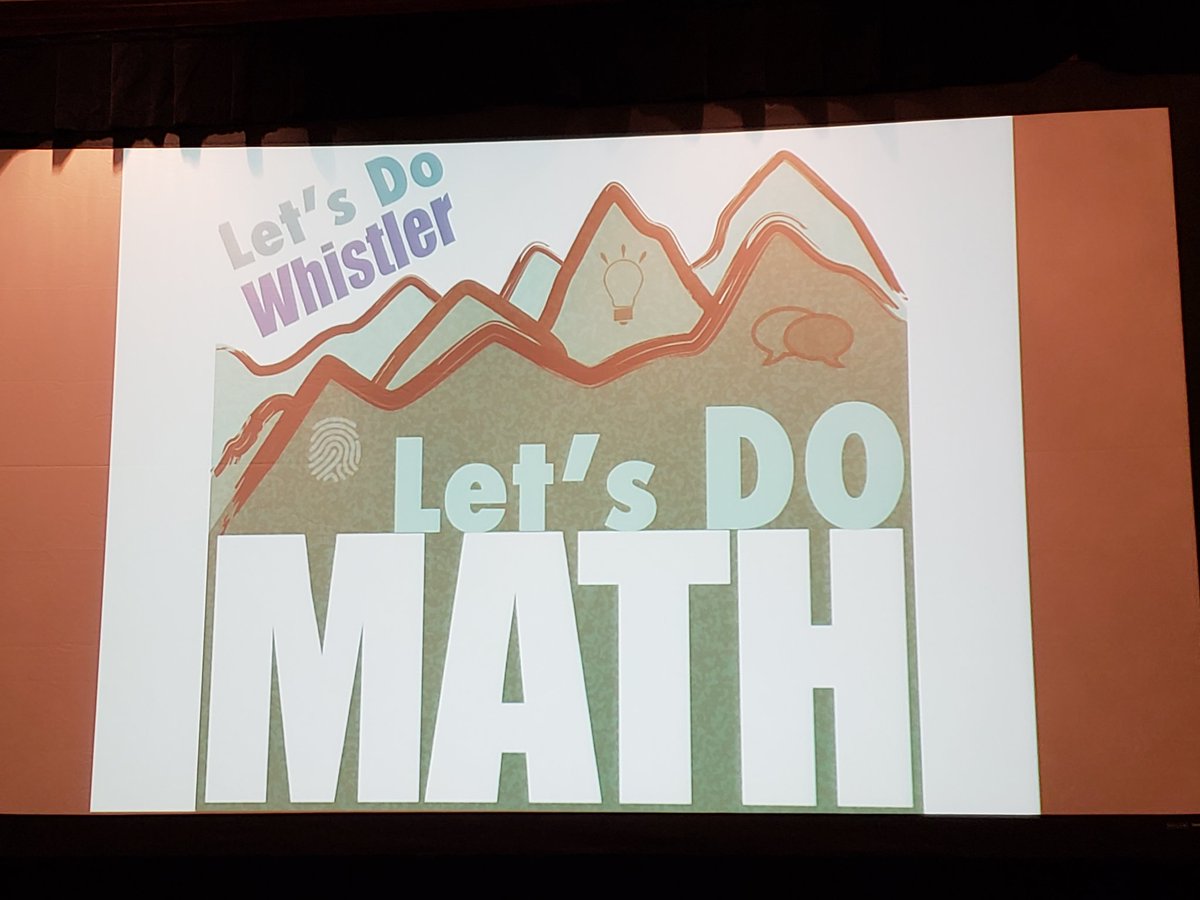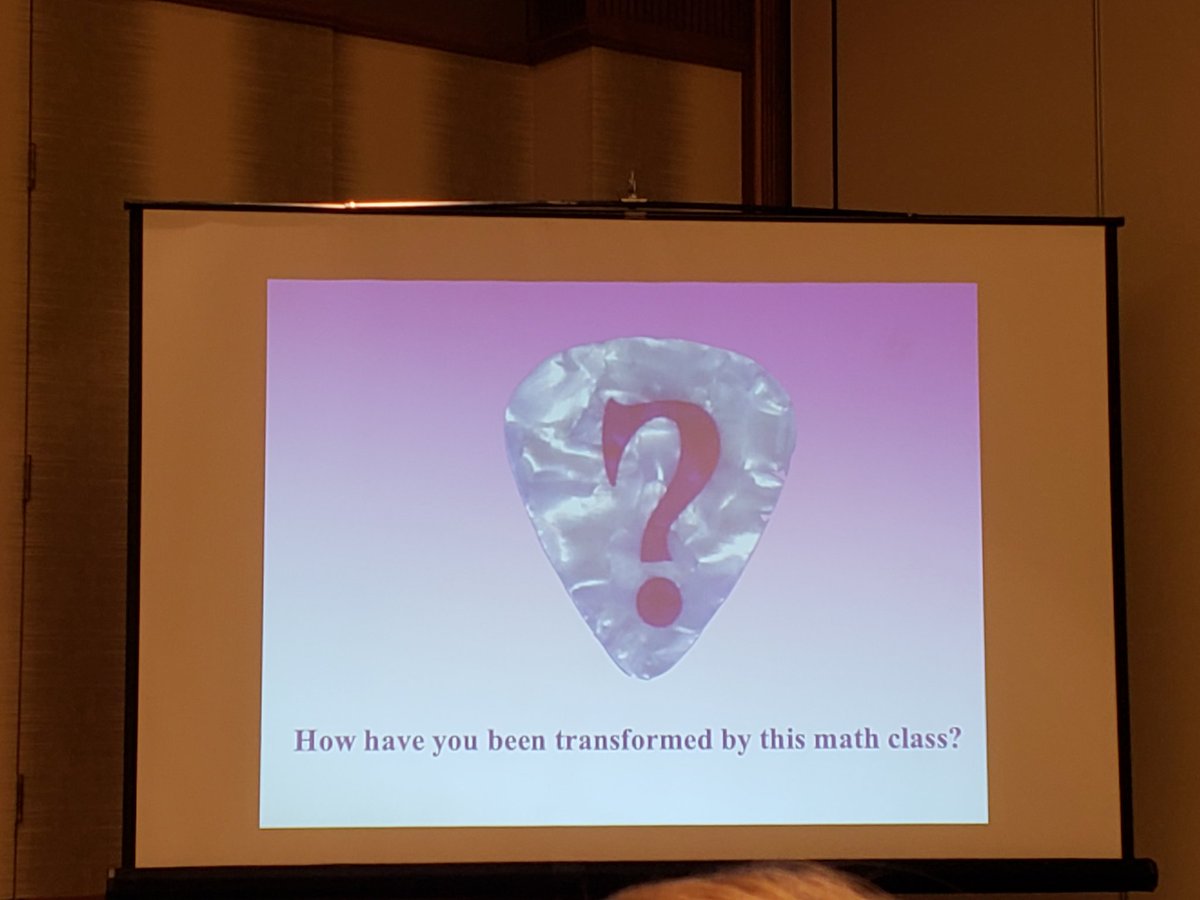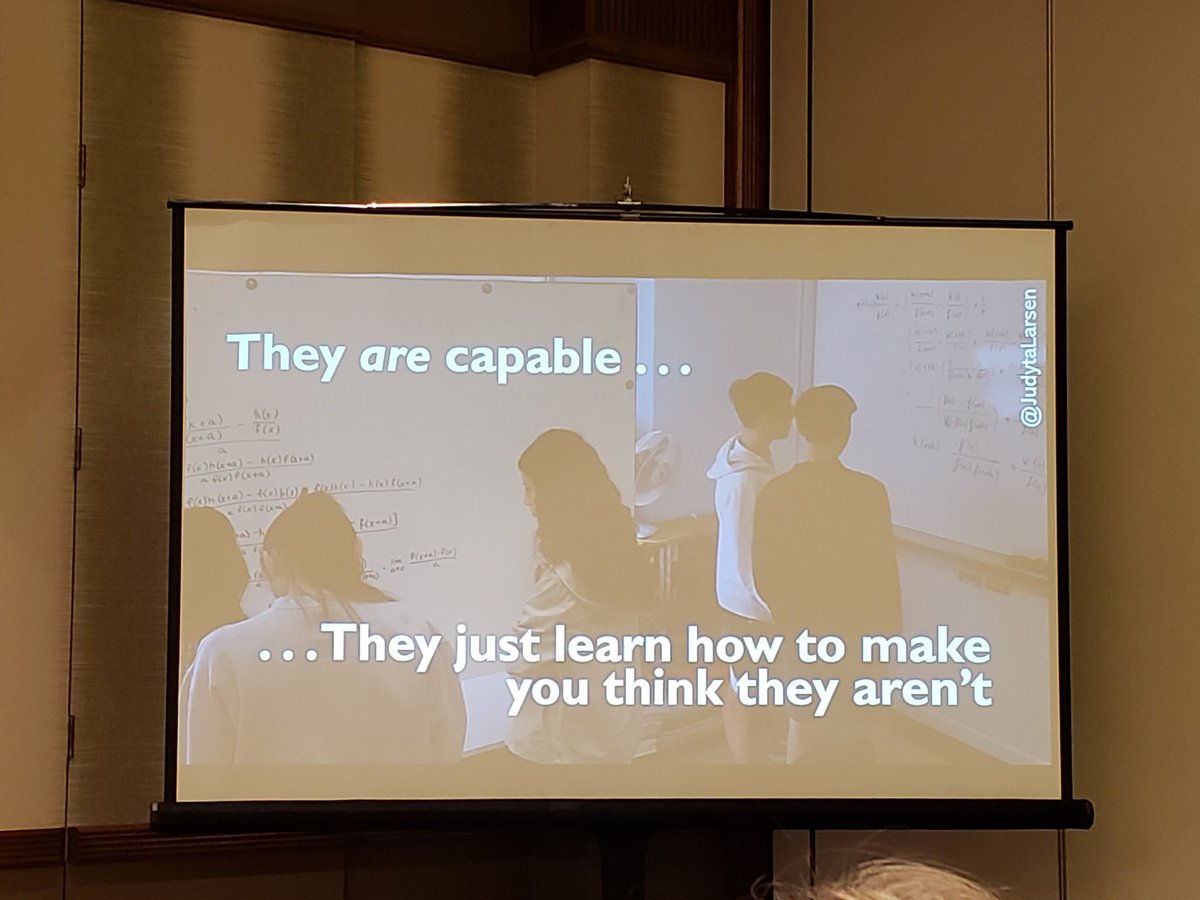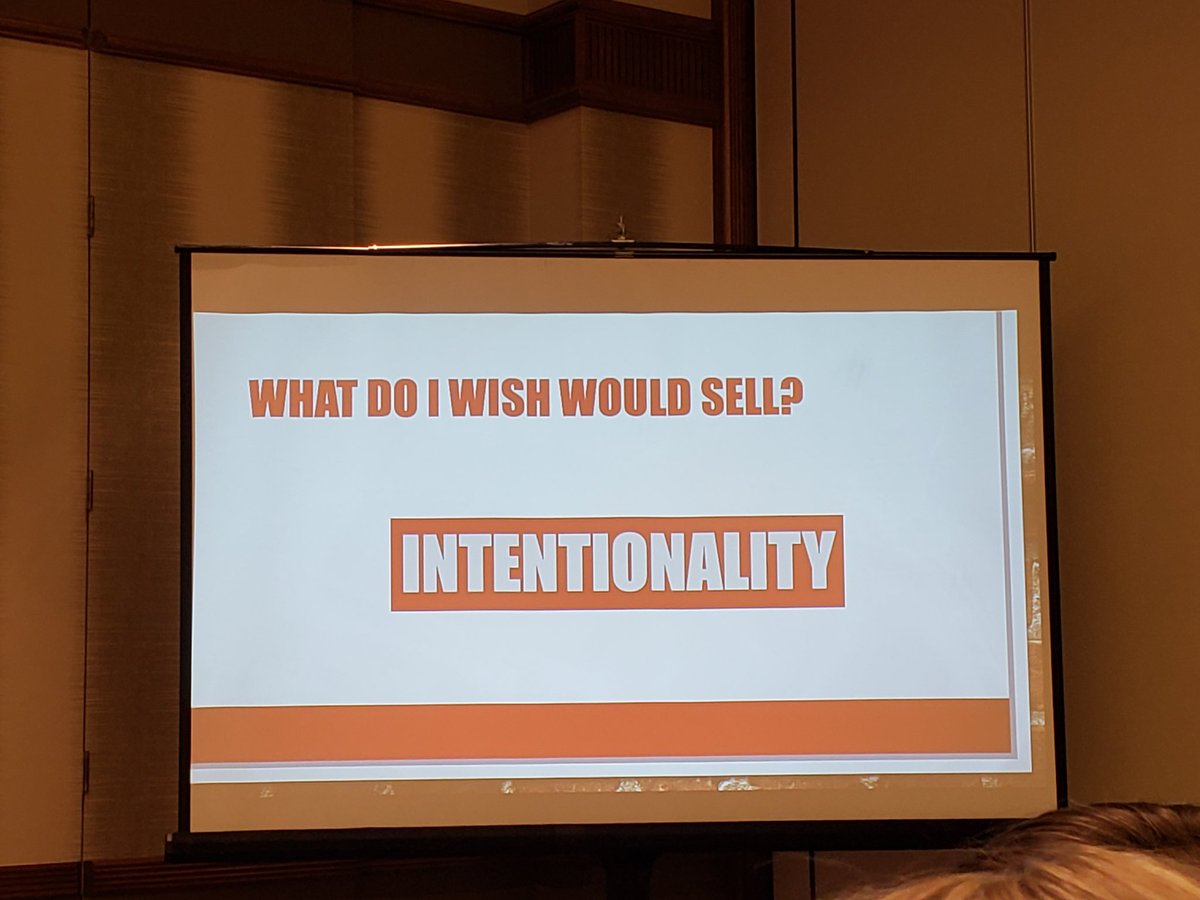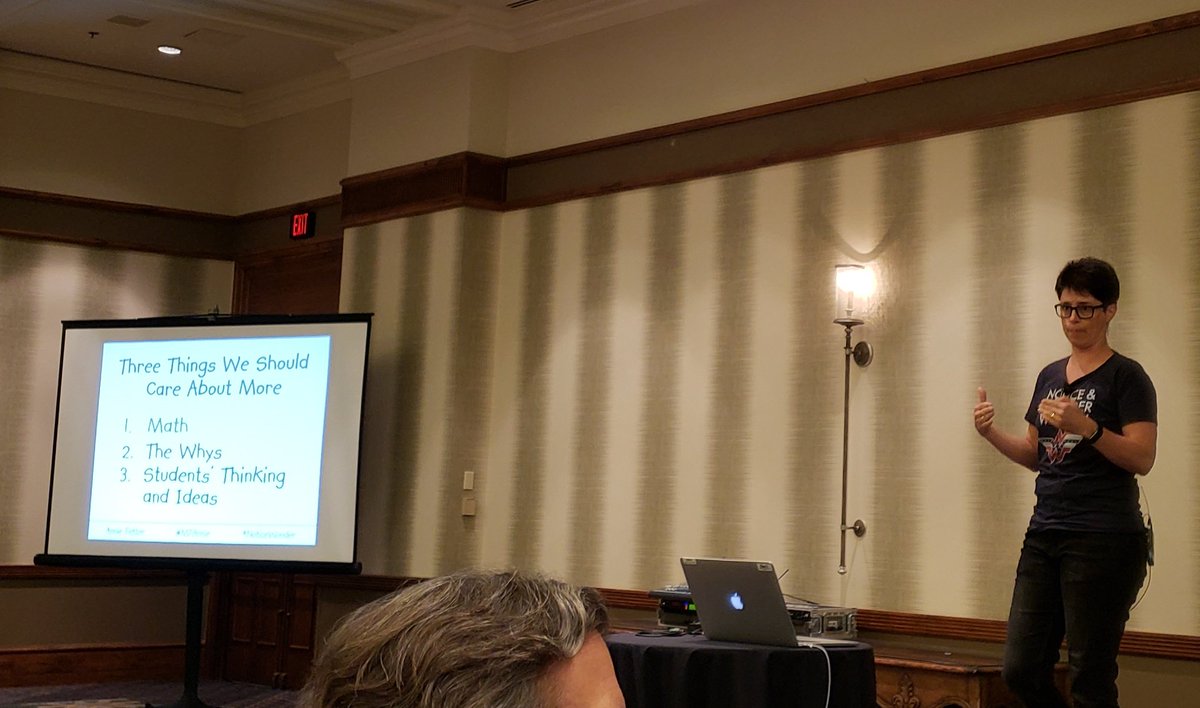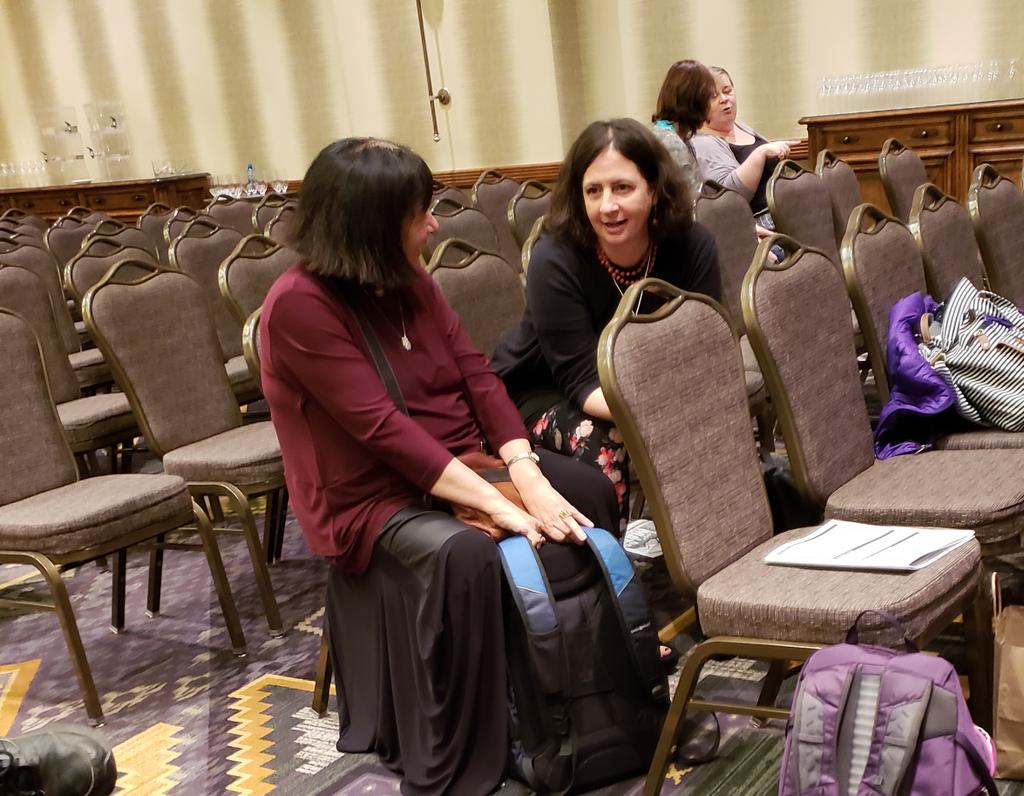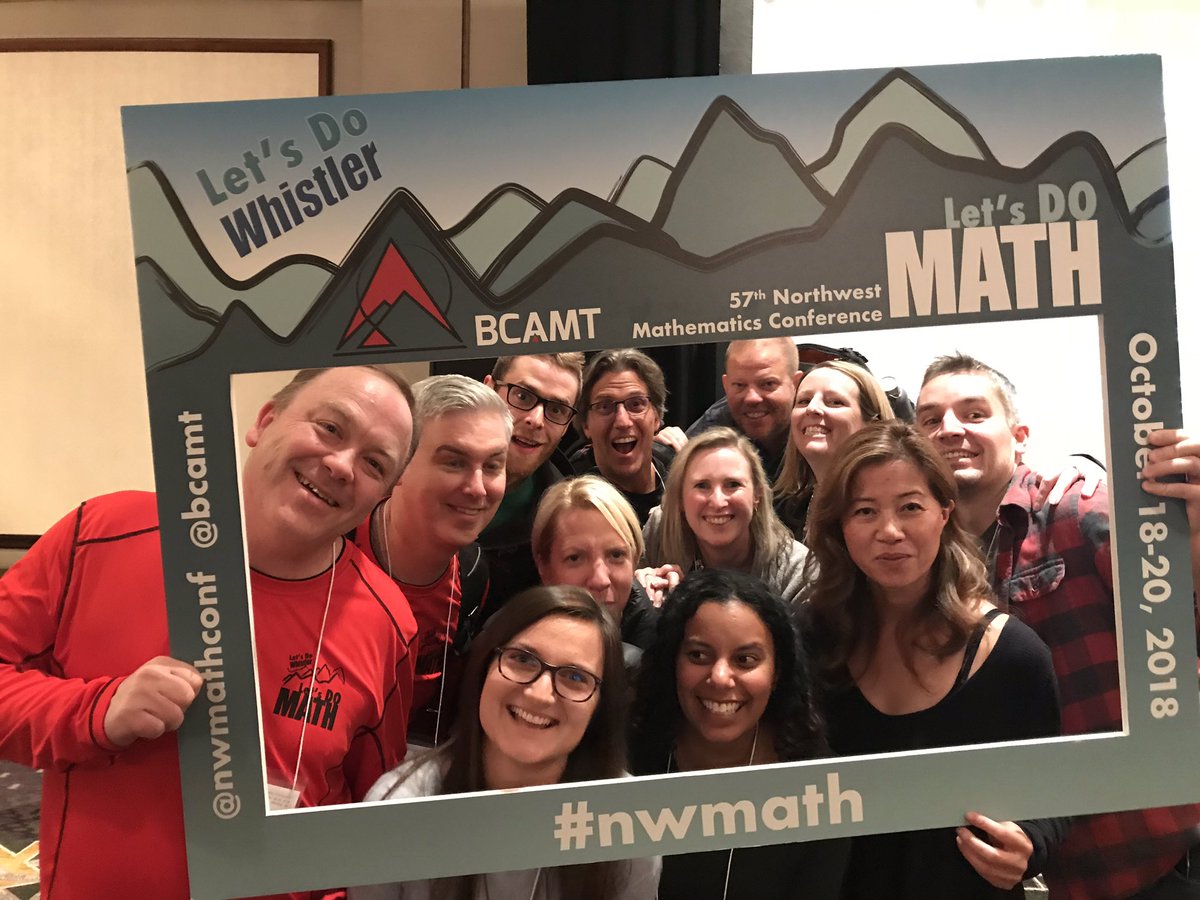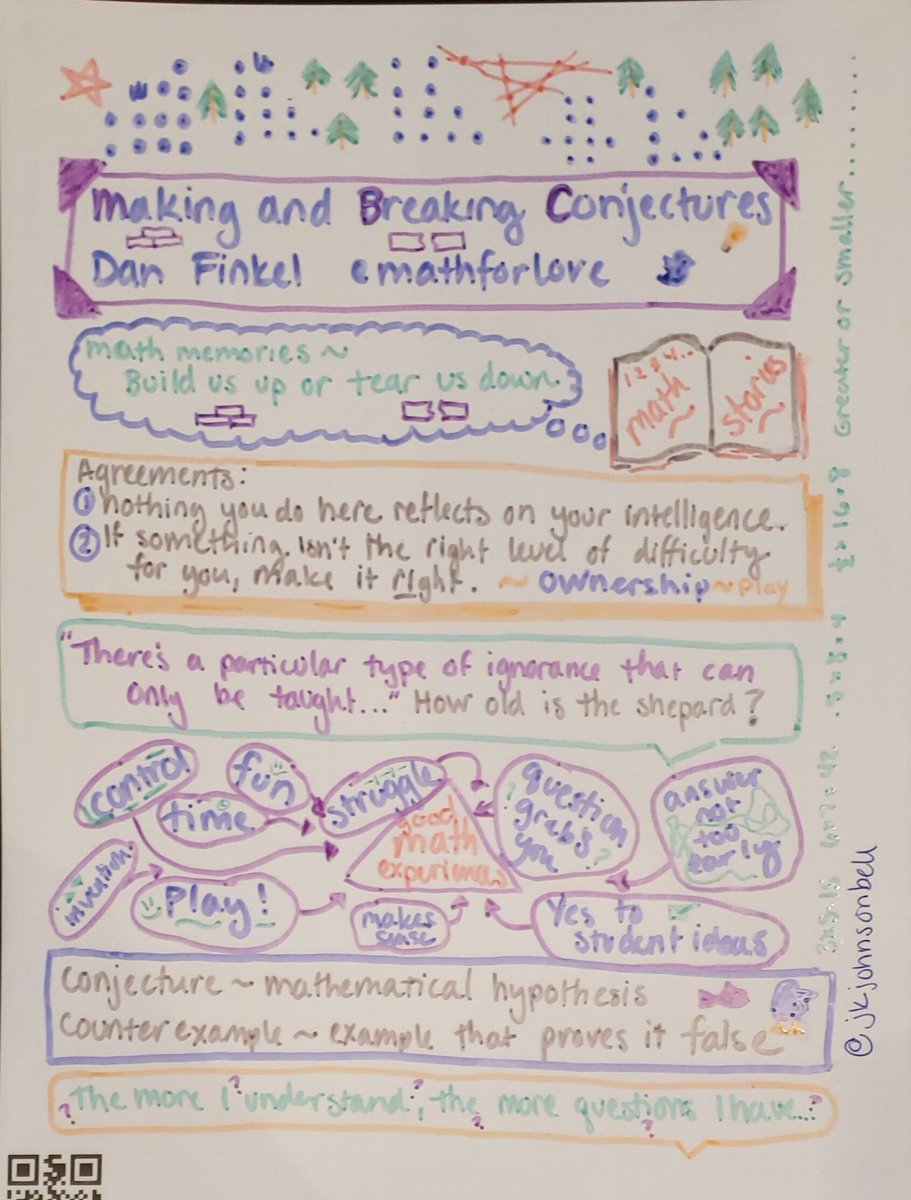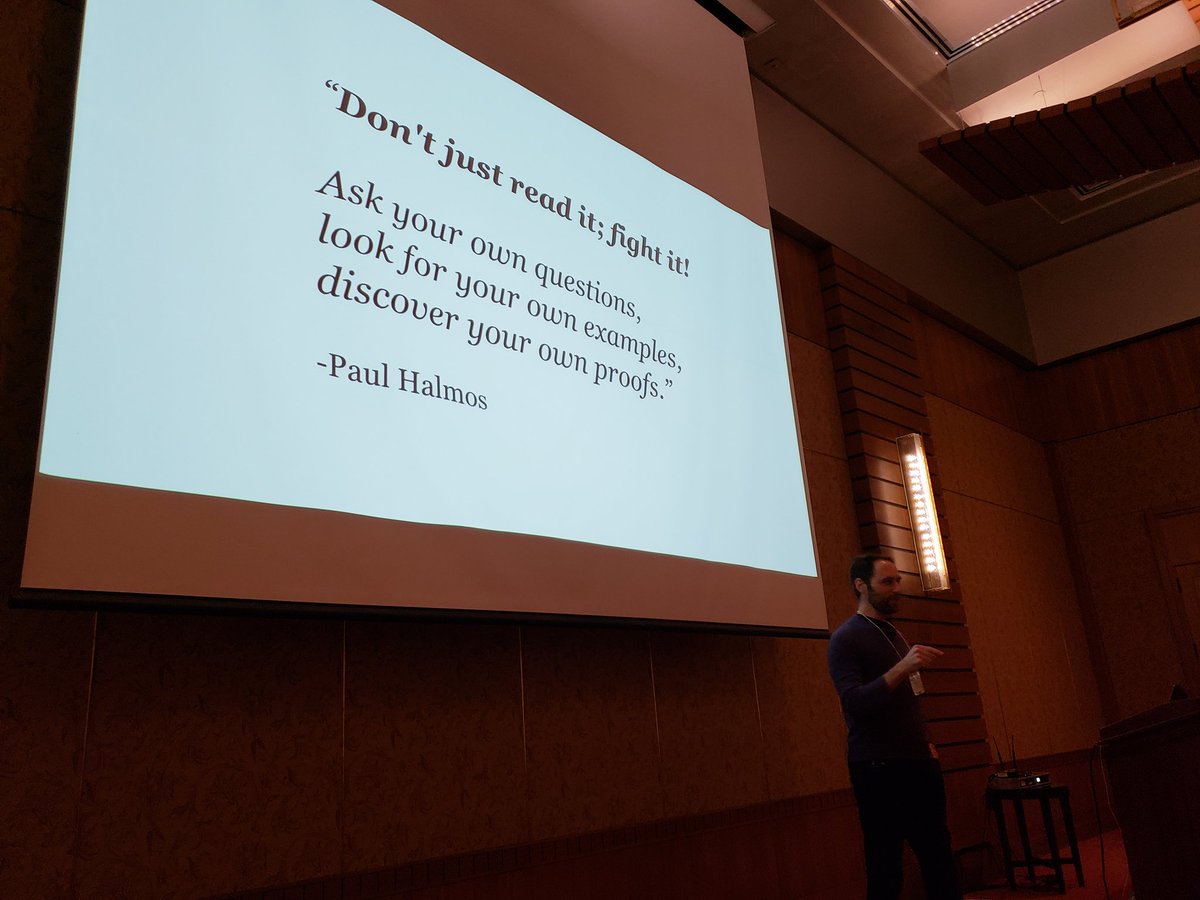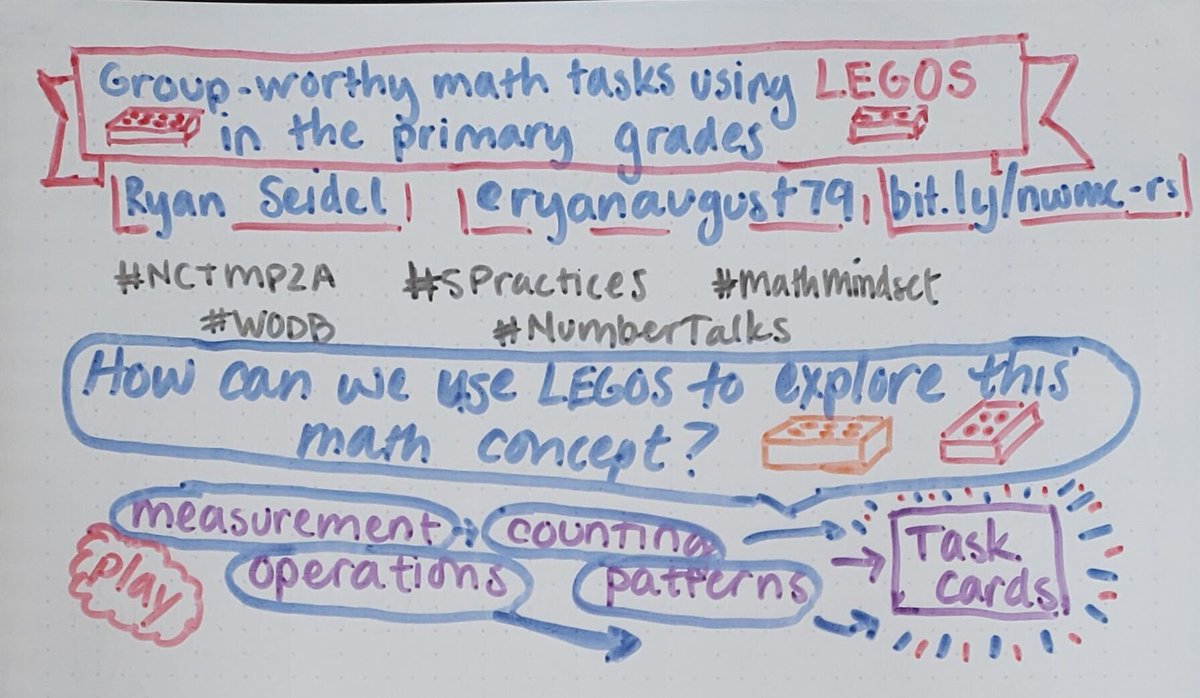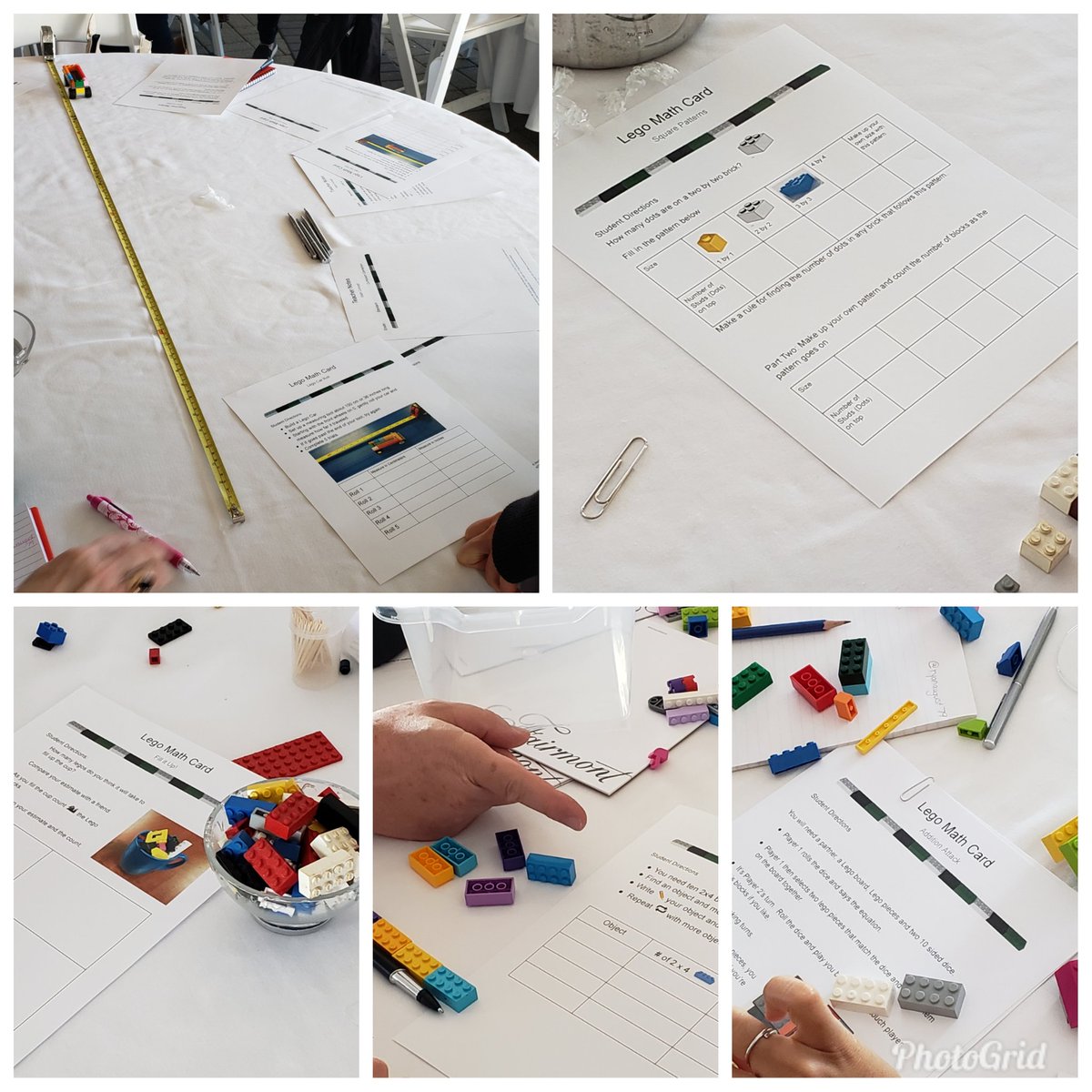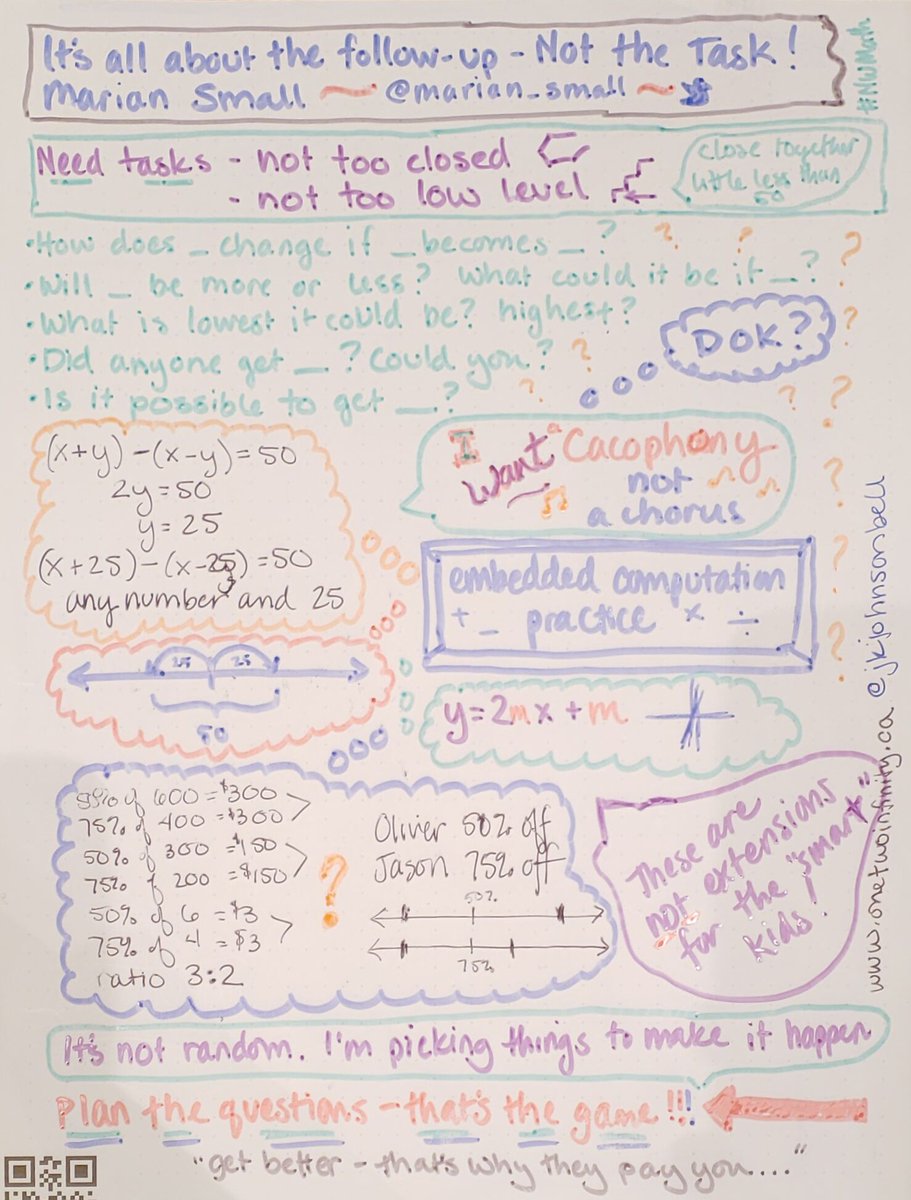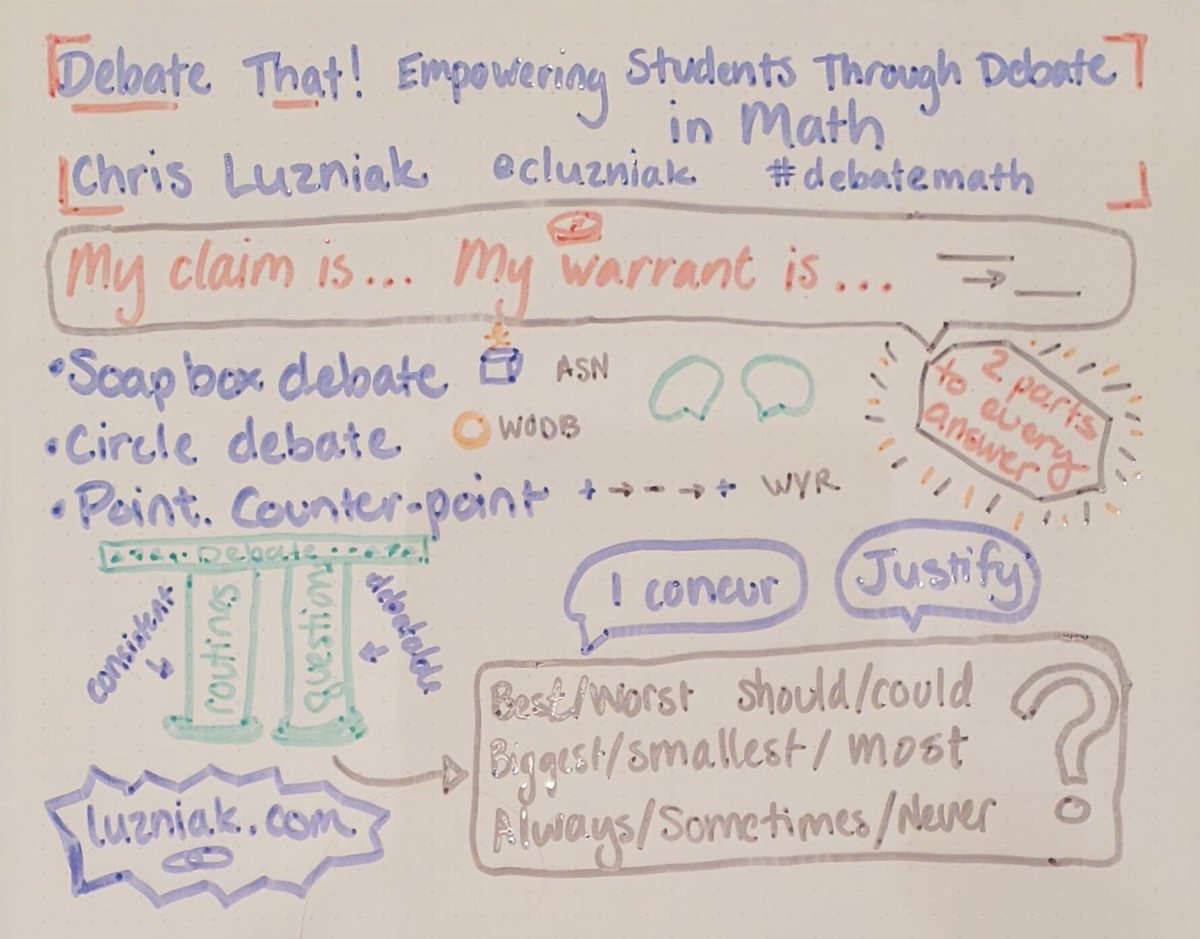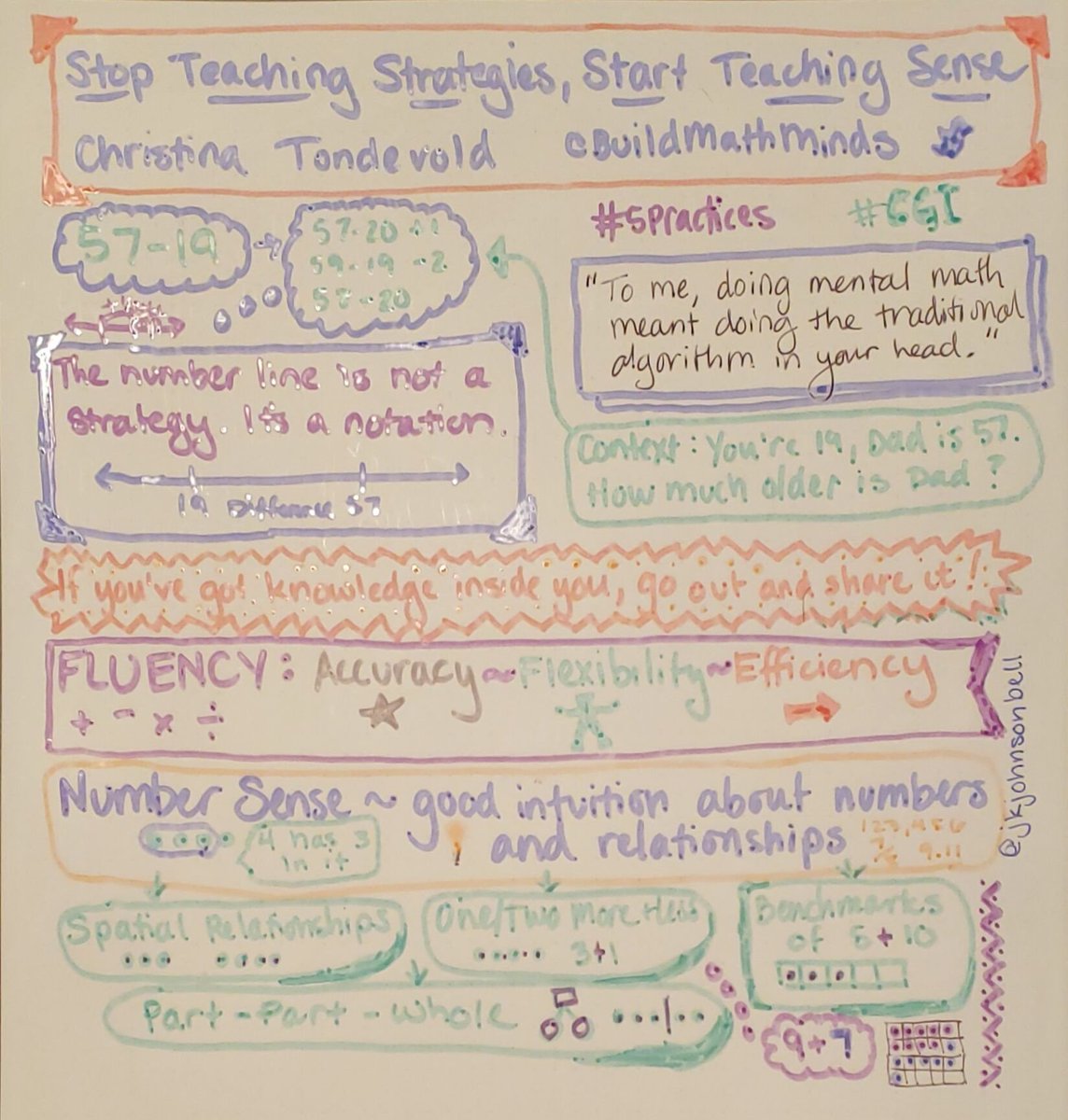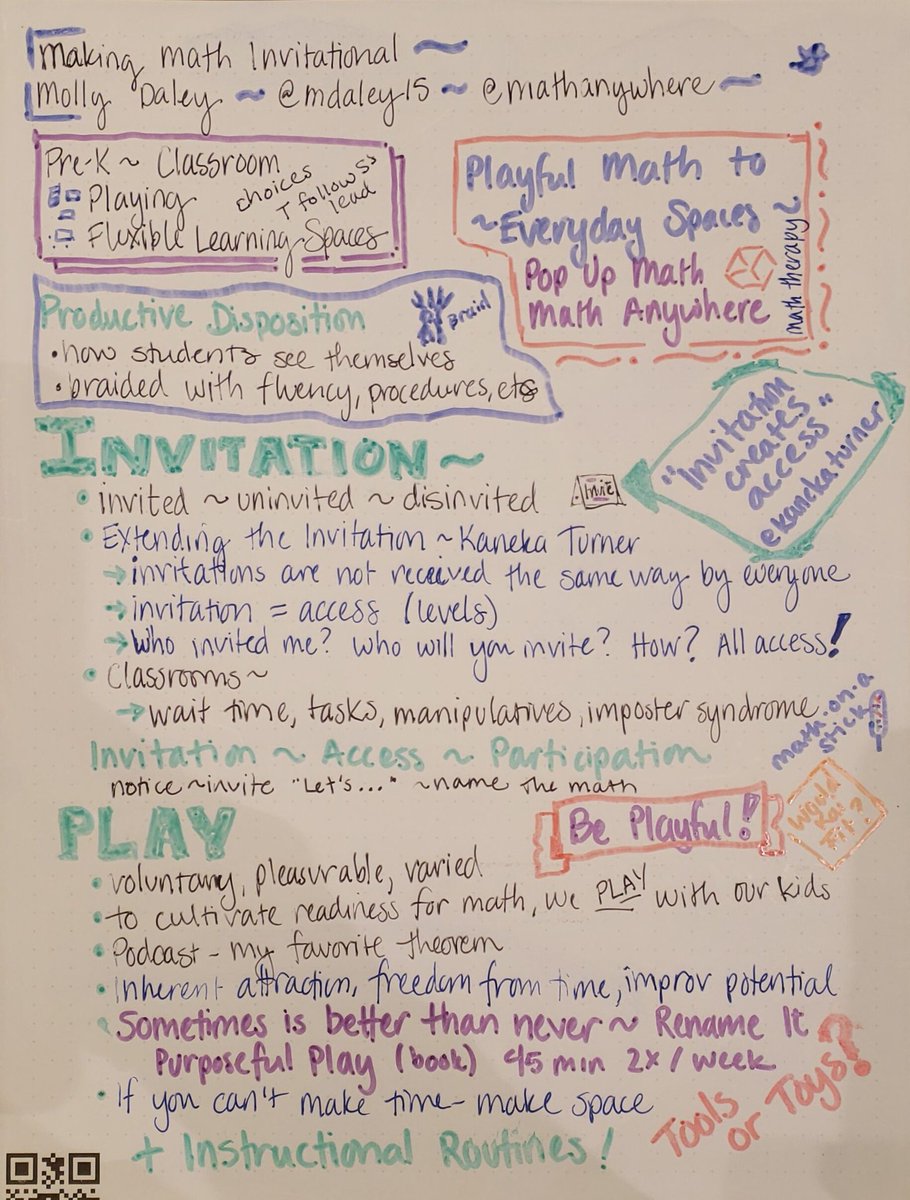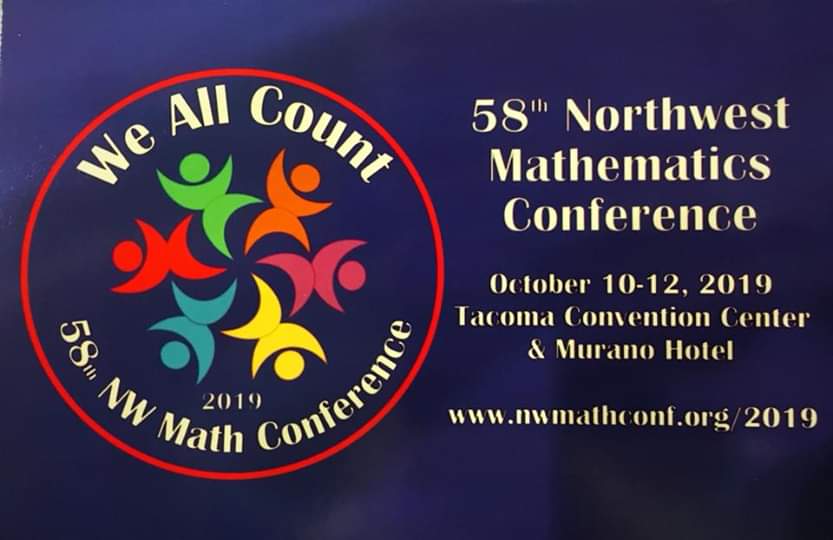ASCD Empower17 Notes
March 23-27, 2017
On Thursday night, we participated in a "live" twitter chat with @educationhall on his book Building Teacher Capacity for Success (#BTCFS). Converted a few more to the power of twitter for professional learning.
I attended a pre-conference session on educating Hispanic/Latino students and increased my cultural proficiency - something we can always do more.
Preconference (March 23-24)
Educating Hispanic/Latino Students
Jaime Castellano
Challenge of Poverty
Less than 20% of Hispanic/Latino students live with anyone with post-secondary education
Majority of Hispanic/Latino live in poverty
Challenge of Identity
How do we refer to our students?
My Name, My Identity: A National Campaign (https://www.mynamemyidentity.org/)
How can we connect to our students’ identities, interests, and experiences?
Achievement and Intelligence
What impacts assessment of Hispanic/Latino students? Bias in curriculum/assessment, attendance, language challenges, poverty/trauma impacts and the ways we measure of intelligence
Educating the Whole Child: What does this mean for Hispanic/Latino Students?
How do we support “the whole child?” Health, safety, support, engagement, challenge
Movie: Underwater Dreams (http://www.underwaterdreamsfilm.com/)
Programming for Success: Critical Considerations
Frequent flexible grouping based on data is important for meeting the needs of all students.
Administrators (and all staff) need cultural competency
Curriculum, Instruction, and Assessment: Implications for Hispanic/Latino Students
Bilingual programs - if you can speak English and Spanish, you can communicate with 80% of the planet!
Engagement and instructional strategies that foster interaction are important for all.
Baldo comics: http://www.gocomics.com/baldo
Equity, Access, Opportunity
“No saben la lucha” - don’t understand the struggles
Identification for gifted programs should produce proportional students by race
Collaborating with Parents and Families
Family Bill of Rights outlining expectations and rights to participate in education
Schools and districts need bilingual parent liaisons and parent resource centers
Professional Growth and Development: Multicultural Education and Cultural Competency
Review policies as they affect people of different backgrounds
How do we celebrate diversity in our classrooms and schools?
Cultural Proficiency Continuum: destructiveness, incapacity, blindness, pre-competence, competency, proficiency (responding appropriately to diversity)
Saturday, March 25
Teaching and Engaging with Poverty in Mind
Eric Jensen
Opened the session with music and standing up. He used lots of engagement strategies!
3 common differences between low/high SES:
Acute/Chronic Stress, Cognitive Capacity, Emotional/Social Skills
Teachers need to understand how brains respond to chronic or acute stress.
Give kids more control, more choice.
Stress - reduces size of hippocampus
“You stress you out” - own it
2 stress filters - is it relevant? Do we have control over it?
Increase control and stress goes down
Stop blaming students
Be an ally for students and teach how they can do better
Relationships lower stress and grow the hippocampus
“It’s easier to repeat behaviors than to change them”
IQ can change!
“Roll up your sleeves and let’s see how smart we can make them!”
Schools and teachers can make a difference!
Wavelength Performance
The opening keynote time entertained with funny education related skits.
Jay McTighe
Performance assessment
Think “photo album, not snapshot” for evidence of dissent learning aligned to standards/goals
Bring an assessment - guess standard/goals
Performance tasks should include application and explanation to show understanding.
Language rich tasks: ldc.org
Core learning: assessing what matters most
Jaymctighe.com
Afternoon Keynote
Jahana Hayes, 2016 National Teacher of the Year
She shared how service learning transformed her students, teaching, and community.
"I believe in you & I just need you to believe in yourself" on Student success
Sunday, March 26
Robert Kaplinsky
Digging into Depth of Knowledge
Before using higher DOK problems, “I made an army of amazing math robots.”
We need x-ray vision to see what students really know. Open Middle problems provide this.
“We have a culture problem in math education”
In English, we write rough drafts and eventually make a final.
In math, if you don’t get it right the first time, you quit.
We need to adopt a rough draft mindset in math classrooms.
More problems:
http://www.openmiddle.com/
Always so fun to see Robert and do math problems!
Garrett Reisman
Astronaut
Inspirational and interesting story! 104%
Eric Jensen
Transformational Leadership
Need to change the story from crap detection…
Do we have pathways or systems for change
Do we need to know more about the people, the drivers, the triggers, or a change to the story?
From Great to Greater Schools
Douglas Reeves
Creativeleadership.net
To get greater, schools need opportunities to be innovative, but also monitor cause and effect data.
Wearing the Coaching Hat
Jessica Johnson, Shira Leibowitz, and Kathy Perret
#CoachApproach
These three started the #educoach twitter chat - so helpful my first year as a coach! They started the chat 6 years ago. It’s at 6 PM (Pacific time) on Wednesdays.
They started the session with a padlet for introductions (current role, why you chose the session, and what you hope to gain today) - modeling a strategy to use in PD! Music playing, too!
What are the hats you wear?
Continuum of principal’s role: from Judge (evaluate) to Coach to Team Captain (friendly, supportive)
Coaching requires a delicate balance of feedback and support
Jim Knight Partnership Principles: equality, choice, dialogue, reflection, reciprocity, praxis, voice
What is coaching? It’s helping someone else achieve their goals.
Support teachers to focus goals - hard work when done well.
Types of feedback: I noticed…, I wonder.., what if..., how might…
“I have a concern” means supervision - not coaching
Non-judgemental feedback - simple and objective
Feedback is to prompt growth and reflection
Leadership Style Tracker: Authoritative, Affiliative, Democratic, Coaching
Interaction Tracker: coaching, management, evaluative, notes
Time management - prioritize the “big rocks” and use technology to manage time
Team coaching options: observing classes, peer mentoring, rounds, lesson study
Nudgemail - send future messages to yourself
Sunday night at Disneyland
We went to World of Color at Disney's California Adventure at 11:30 PM - worth staying up late!
Monday, March 27, 2017
Monica Neagoy
Fractions
MonicaNeagoy.com
@MonicaNeagoy
For so long (up through 2nd grade), students live in an “additive” world.
a/b - what does it mean?
She almost describes choral counting and clothesline math… almost.
“There’s nothing improper about 11/7, it’s just greater than 1.”
Manipulatives for fractions: pattern blocks, cuisenaire rods, tiles
“Our students of color need to see math and science flowing through them.”
What is my leadership identity, mission, purpose, and vision?
Carol Ann Tomlinson
How to Differentiate Instruction: Twenty Years and Counting
Sharing how her thinking has changed since 1995 book “How to differentiate instruction in mixed-ability classrooms”
Now on 3rd edition (new title - how to differentiate instruction in Academically Diverse classrooms)
Some people equate differentiation with chaos in the classroom - but it needs to be inviting, flexible, and organized
Seems that everybody lives everywhere - global world and classrooms; include a wider umbrella
Let’s get rid of “ability” labels in our schools!
Fan of Carol Dweck and growth mindset
“Little buzzards are hiding all sorts of strengths”
A smart kid is not smart in everything 24/7.
Grew up in deep south and worked in school early during integration
In our schools now, we still have segregation - not just by race
Choices: keep together and ignore needs, split by “ability,” or keep together and attend to needs.
Challenge - results in both versions of “keep together” depend so much on the teacher
Teaching Up - plan first for most advanced learners,then plan for everyone to have quality experiences with scaffolds (not water down)
Change from THE group (all students), to groups (advanced, who struggle, language, middle), to INDIVIDUALS
Recommended book: Wounded by School
Some of us talk about teachers this way - “the teachers need to learn…” Do all of them?
New guidance on addressing learning profile
Differentiate based on Readiness, Interests, Learning Profile
Learning profile is related to how we take in and process information, an umbrella term for learning style (environmental)/intelligence preference (brain wiring)/culture (patterns across cultures)/gender (boys prefer competitive and girls prefer collaboration), fluid
Learning profile ISN’T fixed, singular, or a synonym for learning style
Sociologists say - any time you label someone, there is a price to pay for the label.
Everyone agrees that we all learn differently, but some concern about learning style use.
Hints: low prep vs. high prep strategies and using two column (whole class/differentiated) lesson plans
“One kid at a time - try to be in the right ballpark for that kid.”
The Great Debate: Getting to the Core of College and Career Readiness
Thomas Dewing and Matthew Perini, facilitators
Participants stand in corners to strongly agree, agree, disagree, or strongly disagree with statements.
Claim: Implementation of college and career readiness standards should result in teachers completely redesigning instruction.
Overall - this was a great conference for considering aspects of leadership in education and how to engage in change!
Were you there? What were your takeaways and favorite sessions?

